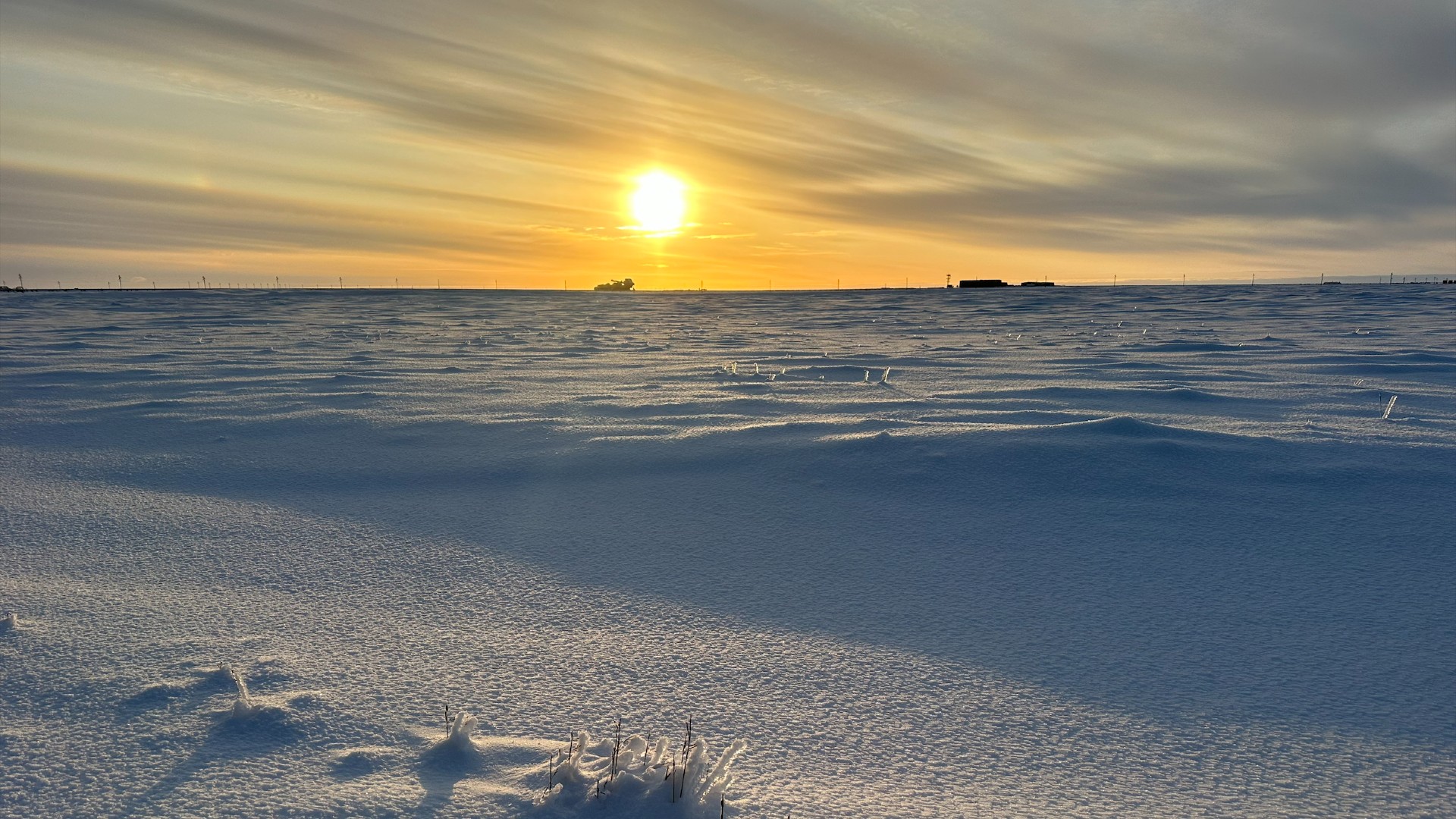Asteroid Collision Fueled Ancient Dust Storm on Earth
One of the biggest cosmic duststorms of the past 80 million years left a blanket of material on Earth afteran asteroid in space broke apart, researchers said today.
The conclusion is based on evidencein ocean sediments, which computer models have tied to an observed bevy ofasteroid siblings still roaming the solar system.
The thinking is that the space rockswere once part of a larger asteroid, some 100 miles (160 kilometers) wide, thatbroke up - possibly in a collision- out in the asteroid belt between Mars and Jupiter. The drama took place8.2 million years ago. That much has been reasoned before. The event would havecreated vast amounts of dust, some of which would have been scooped upby our planet.
In the Jan. 19 issue of the journal Nature,scientists report a spike in helium 3,a type of helium that's rare on Earth and typically of extraterrestrial origin,in a layer of sediment dated to that time frame.
The dust rich in helium 3 spikedabout 8.2 million years ago and gradually decreased over the course of 1.5million years, the data shows.
"The helium 3 spike found inthese sediments is the smoking gun that something quite dramatic happened tothe interplanetary dust population 8.2 million years ago," said Caltechgeochemist Ken Farley. "It's one of the biggest dust events of thelast 80 million years."
Interplanetary dust is nothing newto scientists. About 20,000 tons of it lands on Earth every year. While inspace, it picks up helium 3 from a wind of material flowing out from the Sun.
Breaking space news, the latest updates on rocket launches, skywatching events and more!
When asteroids collide, more debriswafts through the solar system. Much of it is drawn toward the Sun, and on itsway in some is captured by Earth.
The particles are small and rare,making up much less than less than one part per million of terrestrialsediments, so the new discovery was no easy task. Farley and his colleaguesstudied sediment from beneath the Indian Ocean and the Atlantic, showing thatthe same event was recorded at two widely separated locations.
The long-gone large asteroid hasbeen previously dubbed Veritas. It is survived byfragments that roam in orbits researchers have traced back to a common origin.
"While asteroids are constantlycrashing into one another in the main asteroid belt," said study memberWilliam Bottke of the Southwest Research Institute,"only once in a great while does an extremely large one shatter."
Computer simulations show the Veritas event could have produced the sudden spike in dustand the gradual decline in accumulation.
- Fragments of Asteroid Collision Reach Earth Quickly
- Recent Crash Created Youngest Known Asteroid Family
- Abrupt End to Journey of an Interstellar Dust Grain

Rob has been producing internet content since the mid-1990s. He was a writer, editor and Director of Site Operations at Space.com starting in 1999. He served as Managing Editor of LiveScience since its launch in 2004. He then oversaw news operations for the Space.com's then-parent company TechMediaNetwork's growing suite of technology, science and business news sites. Prior to joining the company, Rob was an editor at The Star-Ledger in New Jersey. He has a journalism degree from Humboldt State University in California, is an author and also writes for Medium.
